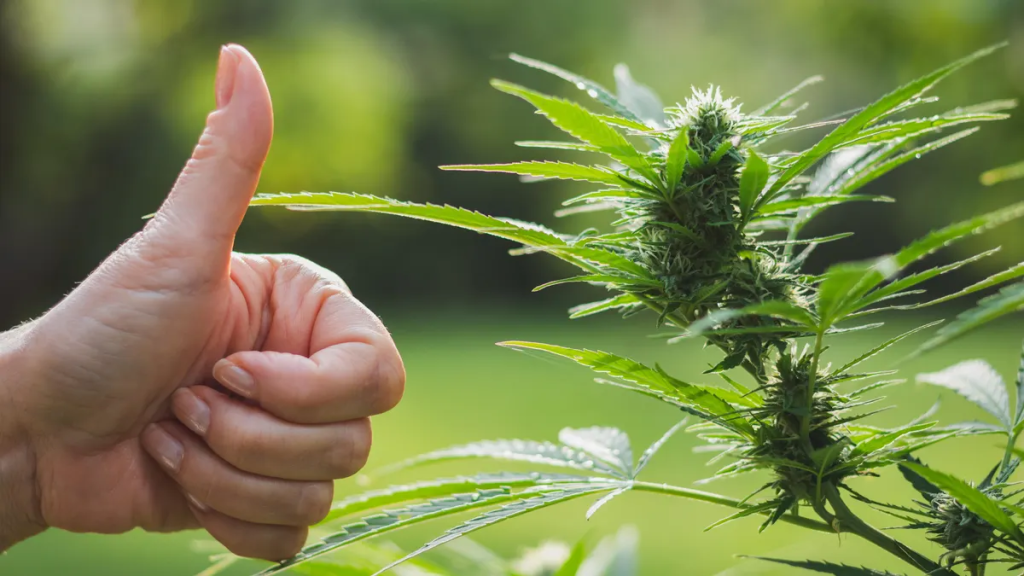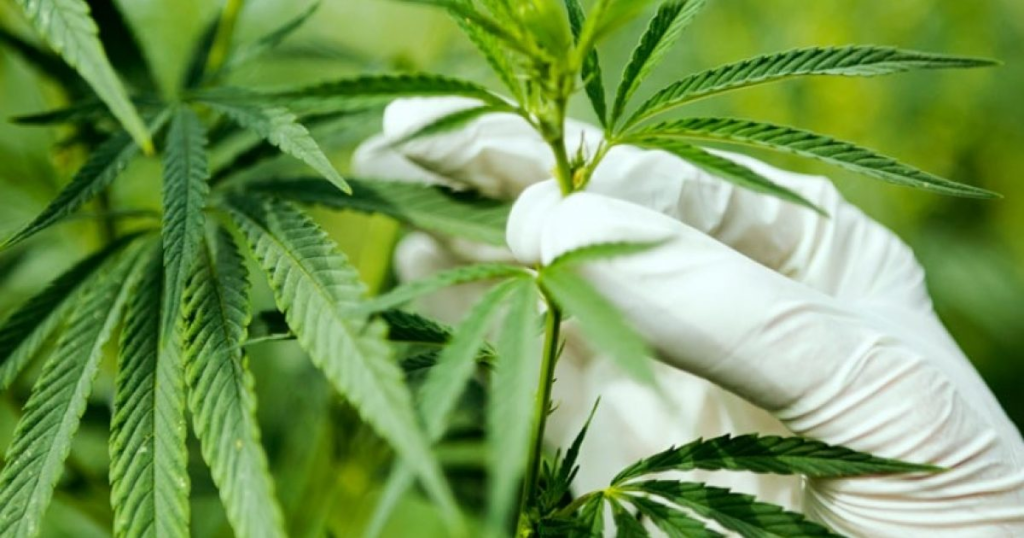When cooking with marijuana, whether using infused oils, butter, or other cannabis-infused ingredients, it’s important to keep a few tips and tricks in mind. Here are some suggestions to enhance your cooking experience with https://gas-dank.com/product-category/cbd/:
Cooking with Marijuana: Tips and Tricks

- Start with Decarboxylation: To activate the cannabinoids in marijuana, such as THC and CBD, it’s crucial to decarboxylate the plant material. This involves heating it at a specific temperature for a certain period. Decarboxylation converts non-psychoactive cannabinoids (THCA and CBDA) into their active forms (THC and CBD), making them effective when consumed. This step is necessary before infusing cannabis into oils or butter.
- Proper Dosage: Determine the desired dosage for your recipe and portion sizes. It’s essential to understand the potency of your cannabis-infused ingredient and calculate the appropriate amounts to avoid overconsumption. Start with lower doses, especially if you’re not experienced with edibles, and gradually increase as needed.
- Choose the Right Strain: Different strains of cannabis can have varying flavors, aromas, and effects. Consider the strain’s characteristics when selecting cannabis for cooking. For example, a strain with a fruity or herbal flavor might complement a particular recipe. Additionally, you can choose strains with specific cannabinoid profiles to achieve desired effects (e.g., high CBD for relaxation or high THC for a more uplifting experience).
- Temperature Control: Avoid exposing cannabis-infused ingredients to excessive heat during the cooking process, as high temperatures can degrade cannabinoids and diminish their effectiveness. Opt for low to medium heat when cooking with cannabis to preserve its potency.
- Infusion Methods: Infusing cannabis into oils, butter, or other ingredients can be done through various methods, such as simmering, slow cooking, or using specialized infusers. Choose a method that suits your preferences and time constraints. Simmering cannabis in oil or butter for an extended period is a common method, allowing the cannabinoids to infuse gradually.
- Straining and Filtering: After infusing your cannabis into oil or butter, strain the mixture to remove plant material, resulting in a smoother and more enjoyable final product. Use cheesecloth, fine-mesh strainers, or specialized filters to achieve a clean infusion.
- Testing and Labelling: Keep track of the potency and dosage of your infused ingredients. If using different strains or varying potencies, label your infused oils, butter, or other ingredients accordingly. This helps maintain consistency and ensures you’re aware of the strength of your cannabis-infused products.
- Patience and Experimentation: Cooking with cannabis can be a process of trial and error. Be patient, and don’t be afraid to experiment with different recipes, strains, and cooking techniques to find what works best for you. Adjust the dosage and flavors to match your preferences and create enjoyable culinary experiences.
Remember to comply with local laws and regulations regarding the use of cannabis. Additionally, when cooking with cannabis, consider the preferences and tolerances of your guests, and always store cannabis-infused ingredients securely to prevent accidental consumption by unauthorized individuals, especially children or pets.


Leave a Reply